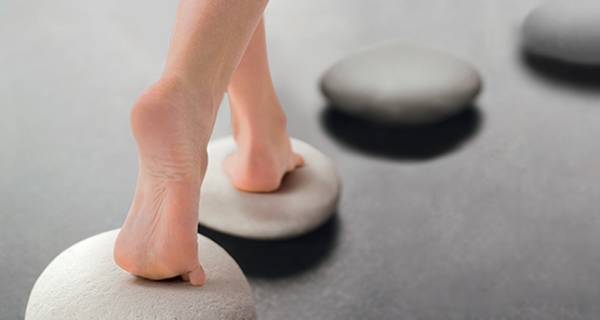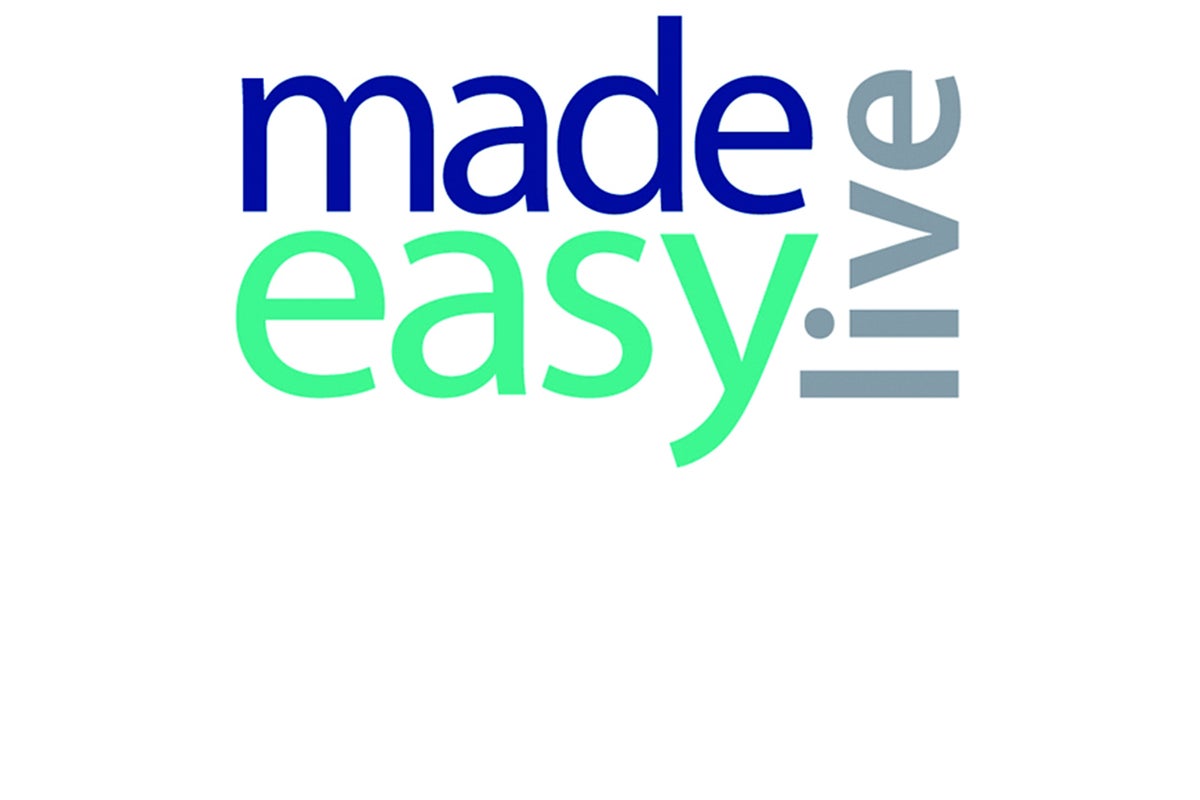Protecting at-risk fragile skin is an important part of the wound care regimen
Vulnerable skin may occur as a result of increasing age, skin disease, congenital disorders and environmental damage. Elderly skin is thinner and less resilient, more easily damaged and slower to heal than that of a younger person. It is often dry, with decreased peripheral circulation, with a lower production of fatty acids and amino acids.
Elderly people, especially those with limited mobility or those who are bed or chair based, may have specific skin care needs. Skin complaints such as incontinence dermatitis and pressure sores can be distressing, both for the sufferer but also the relatives that are involved with their care and wellbeing.
Skin protective products aim to prevent skin breakdown and help maintain healthy skin.
Clinical conditions with increased risk of skin damage:
Venous leg ulcers
- Often the result of a vulnerable skin periwound that is thin and easily damaged by adhesives
- Raised intra-capillary pressure, resulting form damage to the venous system leads to oedema, which may cause maceration
Pressure ulcers
- Sacral ulcers are particularly at risk of maceration due to the presence of urinary and/or faecal incontinence, or the presence of skin folds in obese patients
Diabetic foot ulcers
- The predominantly neuropathic nature of plantar ulcers makes maceration a real risk, despite the low exudate
- Inappropriate dressing selection may also cause skin maceration
B. Braun offers a range of products for preventing pressure ulcers and skin breakdowns for patients at home or in hospitals:
- Linovera®, is a solution composed of hyperoxygenated fatty acids, with important protecting and healing benefits for the skin, it's primordial in prevention strategy.
- For patients exposed to the risk of skin breakdown caused by moisture, or the aggressive effect of adhesive medical devices, Askina® Barrier Film, Swabs and Cream offer reliable and long-lasting protection



